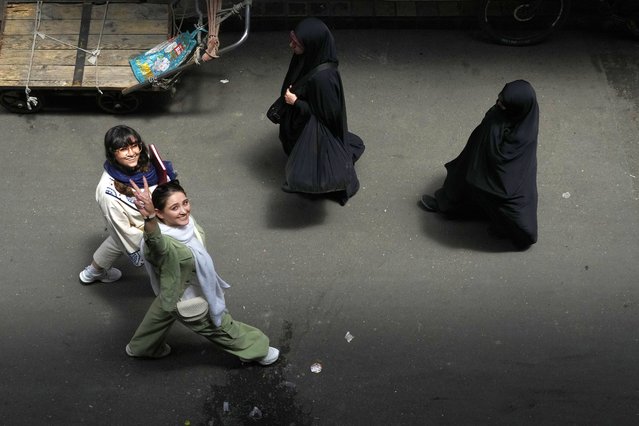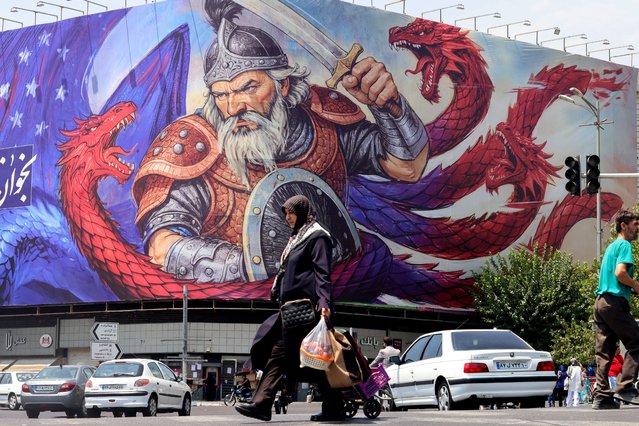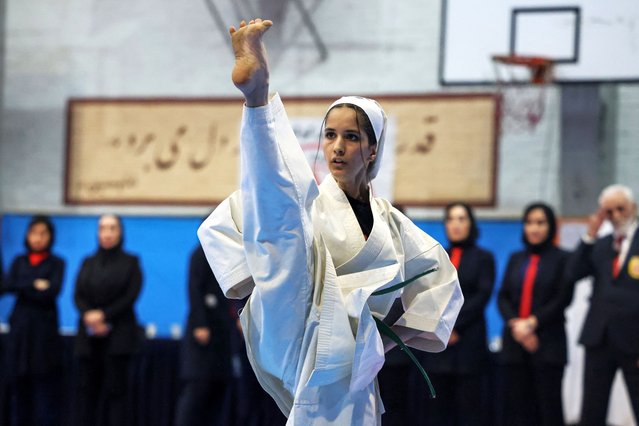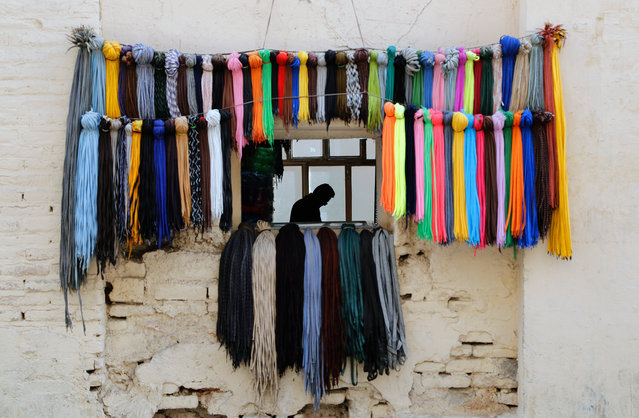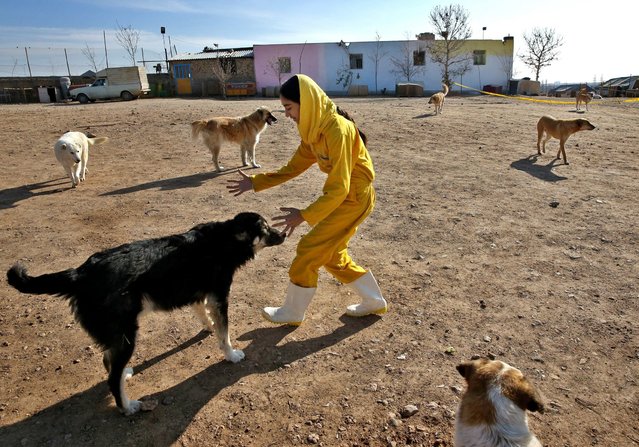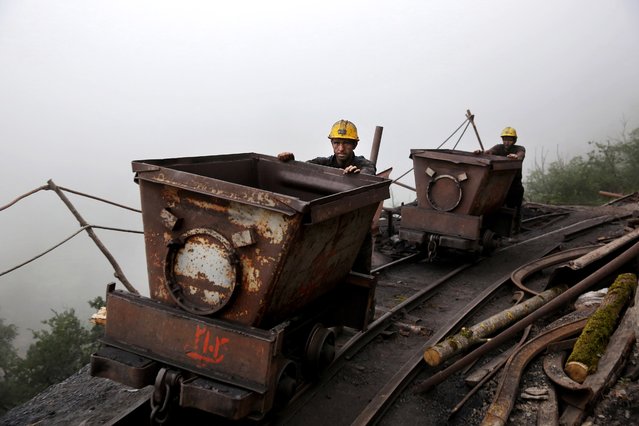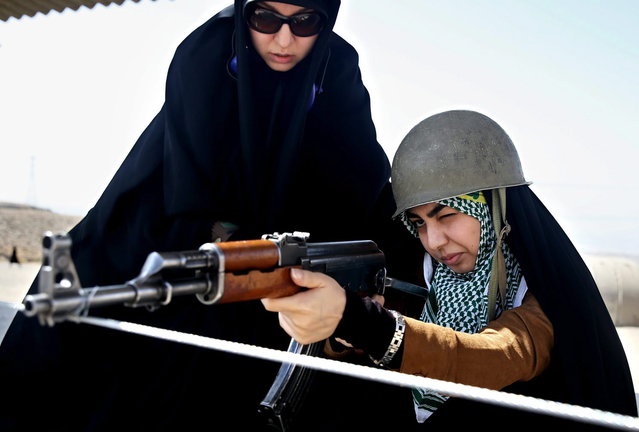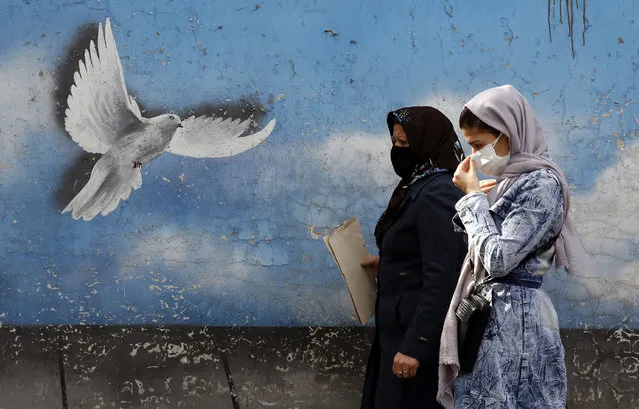
Two Iranian women walk past a mural depicting a flying dove at a street in Tehran, Iran, 01 November 2021. The Iranian Ministry of Foreign Affairs announced that the Islamic Republic is ready to return to nuclear talks in Vienna before the end of November. Iran also proposed to the US administration to lift the sanctions and to start negotiations. Iran is facing an economic crisis under US heavy sanctions following the United States' withdrawal from a nuclear deal in 2018. (Photo by Abedin Taherkenareh/EPA/EFE)
16 Nov 2021 08:18:00,post received
0 comments

